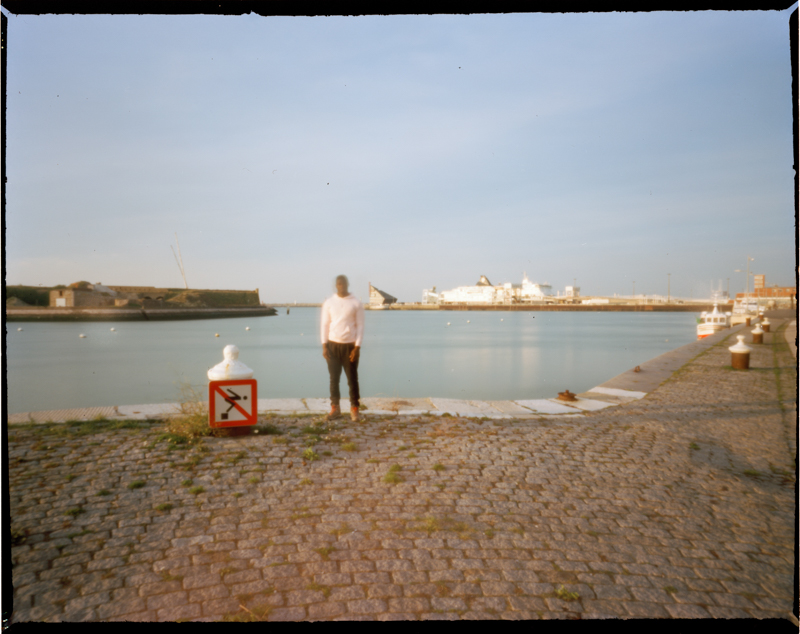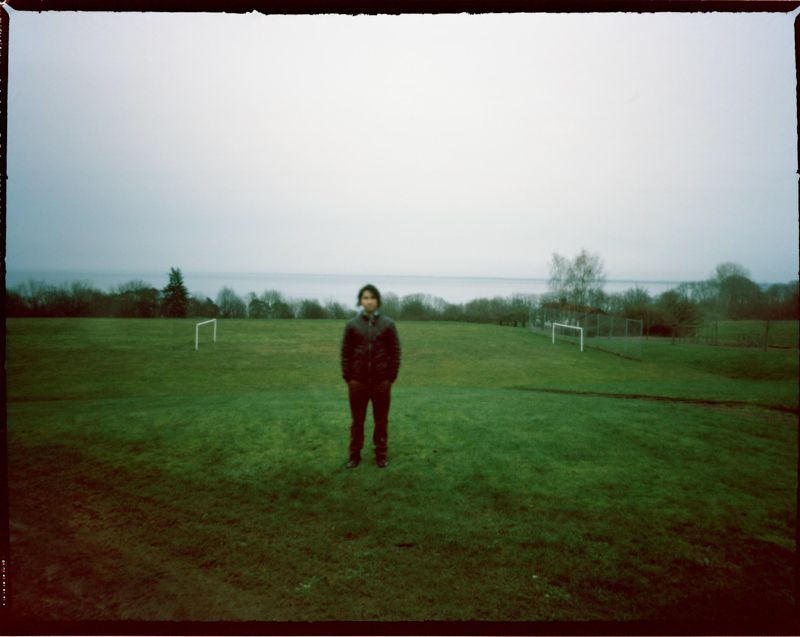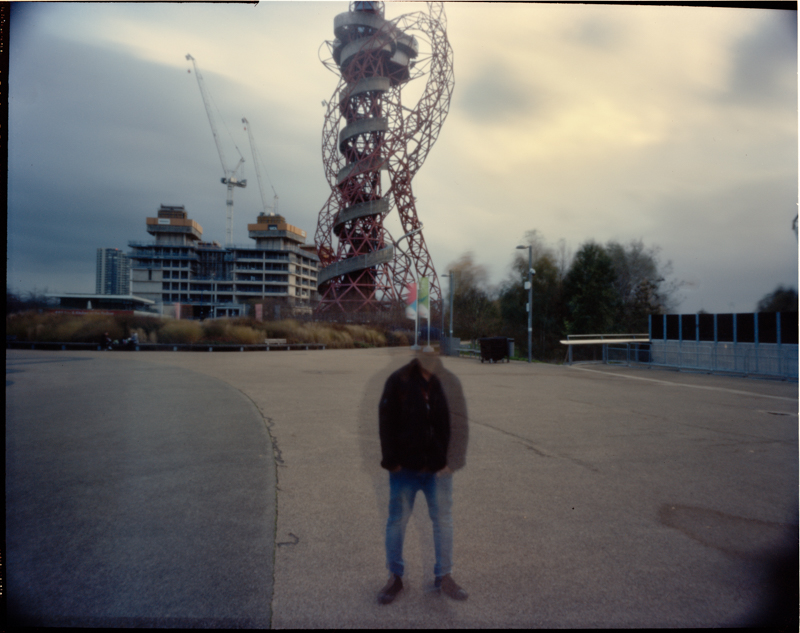I am a photographer and videographer based in central London.
Since I left the London College of Printing at the turn of the century, I have mostly worked in Africa, the Middle East and North America. While in Israel, I worked on a project entitled, ” Homeland lost” which was sponsored by the British Council in Jerusalem.
I have completed two residencies, one with NCAA (The Russian Arts Council) in the Ural Industrial region documenting the decline of Russian heavy industry and the other in Cesis, Latvia documenting Latvian forests.
Currently, I am working on two projects, “You can see me but I do not exist” which is using a Camera Obscura to photograph refugees arriving in Europe and Bruised Lands which comprises my work from Appalachia, Canada, Russia and Latvia into one body that will tell the story of environmental degradation. I am hoping to add in the coal fields of Germany and Poland.



“You can see me but I do not excist”
“YOU CAN SEE ME, BUT I DON’T EXIST.”
I am using a camera obscura to photograph migrants in Europe, who are rendered invisible by their unresolved status and the EU’s inability to decide upon a cooperative and coordinated response to the migrant crisis. Started in 2018, Limbo is an ongoing project.
Included in the title of this body of work is a quotation from an 18-year-old Afghan boy seeking asylum in Sweden. In his own eyes a victim of bureaucratic control, he was awaiting the response to his third and final appeal for permission to remain in the country and was expressing frustration at his unresolved status. To him, living outside of the Swedish social “system” was equivalent to not existing; he was evidently present and visible in the natural world, but without a “person number,” the numeric ID given to every resident and citizen of Sweden, he was denied access to the services essential to participating in the life of the country.
The denial of access to essential services is the state’s way of controlling or limiting the actions of refugees and asylum seekers. Alan sought a means by which he could capture, in photography, the experience of non-being or bureaucratic invisibility that this denial aroused in individuals like the Afghan boy. He thought of the Swedish identity number as a form of trace within the state’s bureaucratic system. This seemed to relate to the idea of the photographic trace, the idea that photographs are a mark or vestige of a presence or action. He rejected digital photography as being one step further removed from the notion of the trace than the materiality of analogue photography. He wanted to introduce an element of chance to the process to mirror the lack of control that is such a central part of the lives of refugees and so opted for a camera obscura. In the photographs the refugees appear as blurry apparitions against European city scenes that are crisply in focus.
I have photographed refugees in Calais, Dunkirk, Vienna, Malmo and Bastad, Sweden. At times it was difficult to find people willing to be photographed – perhaps to some being photographed is a form of submission. To those who agreed, it seems to have been a way of declaring their presence, while giving their sense of powerlessness a form of visual expression.
Obscura is produced in collaboration with Platforma, the Arts and Refugees Network.







To view more of Alan Gignoux’s work please visit their website.